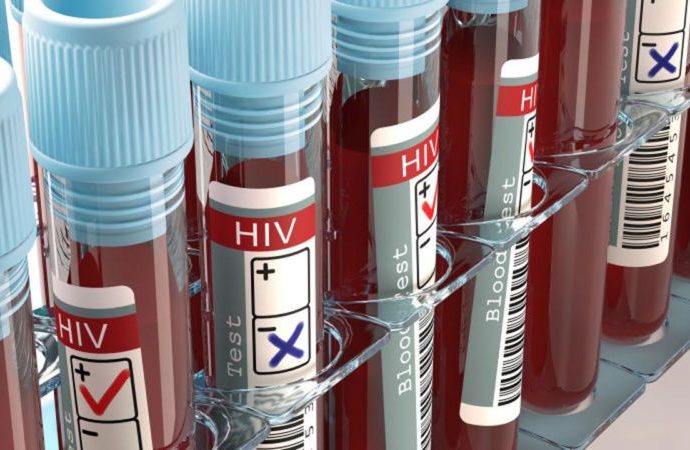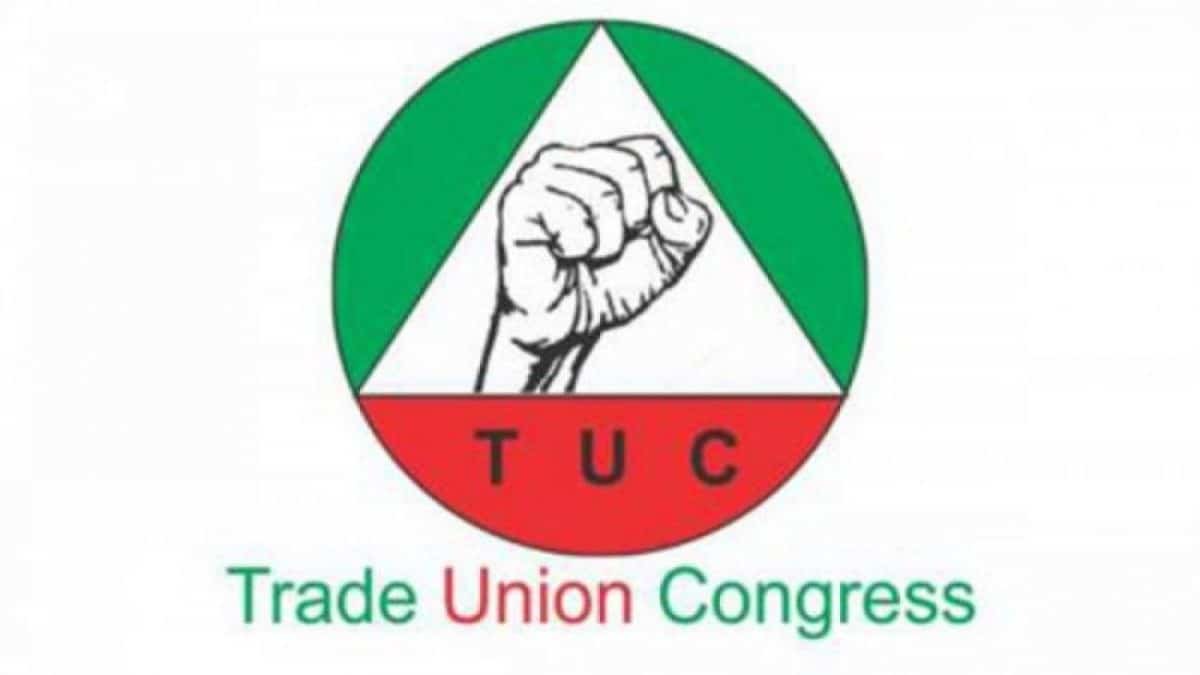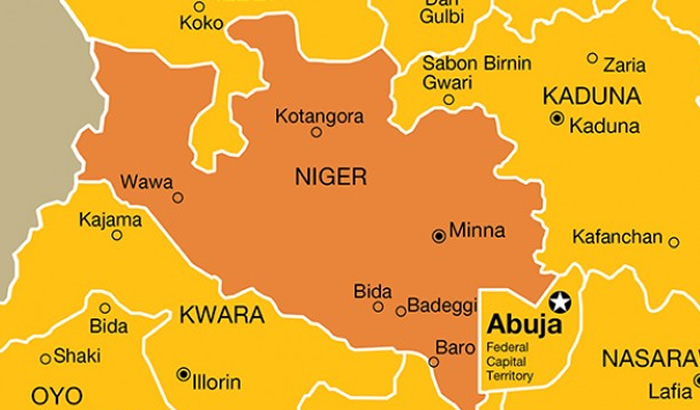United States government (US) through the US President’s Emergency Plan for AIDS Relief (PEPFAR) has revealed that nearly 1.8 million women and children are currently on HIV treatment in Nigeria.
The US government added that it supported Nigeria by doubling the number of children and adolescents receiving lifesaving HIV treatment services.
It was also stated that in Nigeria, PEPFAR has invested more than $6 billion in the national HIV/AIDS response.
The country said it has also increased the percentage of children under nine years old that have achieved HIV viral suppression from 60 to 84 percent.
The US-CDC-supported Faith-Based Action for Scaling Up Testing and Treatment for Epidemic Response project (FASTER), facilitated significant progress among these populations.
The US-CDC country director, Dr. Mary Boyd, who disclosed this at the close-out ceremony of the FASTER project held in the Federal Capital Territory said the project was implemented in collaboration with CDC Comprehensive HIV Service Delivery Implementing Partners, the Government of Nigeria, and other stakeholders in the FCT, Nasarawa, Benue, Lagos, Imo, Enugu, Delta, and Rivers states, to catalyze priority interventions, especially for children and adolescents, towards improved HIV service delivery and health outcomes.
In many ways, FASTER came to set the trend, to demonstrate that innovations in Pediatric HIV care and treatment are possible and that it can make a difference in saving lives, Boyd said, while noting that the FASTER initiative delivered on its objectives and was instrumental in ensuring innovations in case-finding, such as caregiver-assisted HIV self-testing.
“Rapid turnaround time for early infant diagnosis, pediatric viral load testing for timely decision making, and accelerated adoption of optimized pediatric regimens. FASTER also impacted the roll-out of Operation Triple Zero (OTZ), an asset-based approach to HIV programming for adolescents and young people (AYP) and was instrumental in strengthening the retention in care of mother-infant pairs.
“While significant progress has been made, we still have work to do. For example, estimates show that about 85,000 children living with HIV in Nigeria still do not have access to treatment. However, we now know those innovations and best practices that do work, and we are well on our way to ensuring equity in the care available for every child living with HIV,” the US country director said.
The Country Director expressed gratitude to the 100s of religious leaders who partnered with US-CDC and have become champions for the children’s health in their communities.
“Such efforts will remain part of the history of Nigeria’s HIV epidemic control success story,” she added.











